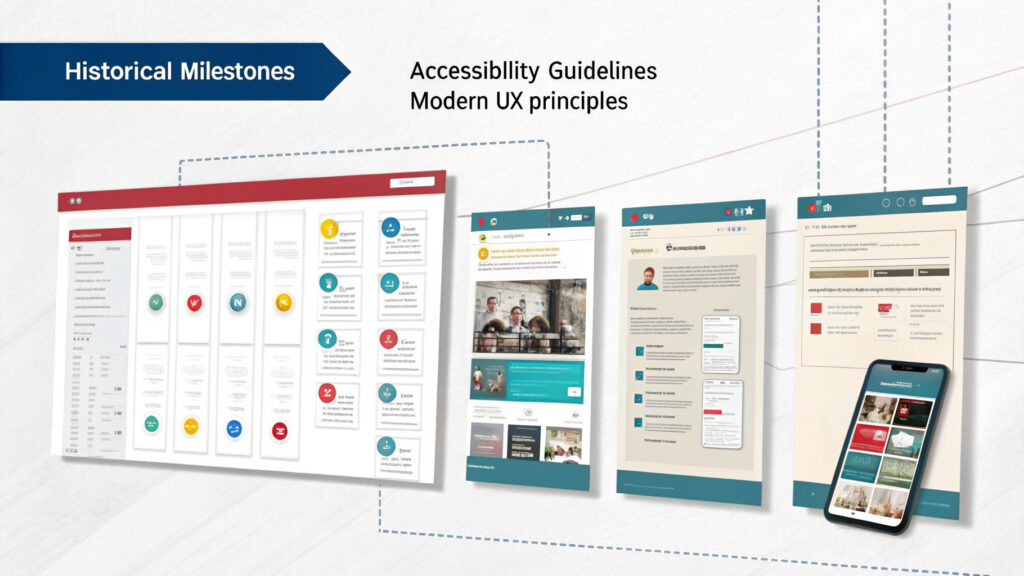
As the digital age is maturing faster than a cheese left out in the sun, we are moving from mere personalization in user experiences to something far more intricate and exciting: Hyper-Individualized User Experiences. Yes, you heard it right, folks. We’re upping the game because apparently, just knowing your user’s name and email isn’t enough anymore.
Hyper-Individualized User Experiences take personalization to a whole new level, a level that makes the Grand Canyon look like a pothole. It’s about more than simply addressing the user by name. It’s about knowing their habits, their preferences, their shoe size… Okay, maybe not the shoe size, but you get the idea.
Now, some of you may be thinking, “Isn’t this invasion of privacy?” Don’t worry, your secret love for 80s hair bands is safe. Hyper-Individualized User Experiences aren’t about digging up your deepest, darkest secrets. It’s about understanding your users’ needs and behaviours to provide them with an experience that’s so tailored, it feels like a bespoke suit from Savile Row.
So, how do we achieve this nirvana of user experiences? It’s all about data, data, and more data. And no, we’re not talking about the android from Star Trek. We’re talking about using advanced algorithms and machine learning to analyze user behaviour and preferences. It’s as easy as pie. If making pie involved complex mathematical formulas and a deep understanding of human psychology.
The benefits of Hyper-Individualized User Experiences are as clear as a crystal glass filled with top-shelf vodka. Increased user engagement, improved conversion rates, and building a loyal user base that sticks around like a loyal golden retriever. It’s a win-win situation. Unless, of course, you enjoy scaring away users with generic, cookie-cutter experiences.
But here comes the kicker, folks. Implementing Hyper-Individualized User Experiences isn’t a Sunday stroll in the park. It requires seamless integration of user data from multiple sources. It means analyzing this data in real-time to ensure the user experience is as fresh as morning dew on a rose petal. It’s like juggling flaming chainsaws while riding a unicycle, but hey, who doesn’t love a challenge?
Once the data is gathered and analyzed, it’s time to put it into action. This is where the rubber meets the road, the moment of truth, the… well, you get the idea. Personalization elements need to be incorporated naturally into the user journey, like a well-mixed cocktail. Too much and it’s overpowering, too little and it’s bland. It’s all about finding that Goldilocks zone of ‘just right’.
Now, some of you may be rolling your eyes, thinking, “This sounds like a lot of work.” And yes, you’re right. But remember, Rome wasn’t built in a day, and neither are Hyper-Individualized User Experiences. It takes time, effort, and a dash of creativity, but the rewards are as satisfying as a perfectly executed high five.
So, there we have it, folks, the future of user experiences: Hyper-Individualized User Experiences. It’s not just about knowing your users, it’s about understanding them, anticipating their needs, and providing them with an experience that’s so personalized, it feels like they’ve been handed the digital equivalent of a tailor-made suit. A world where every interaction is tailored to the individual user – now that’s what I call a revolution.
And with that, I leave you with this thought. Hyper-Individualized User Experiences aren’t just the future, they’re the present. So, let’s roll up our sleeves and get to work, because making the digital world feel like a second skin to every user isn’t going to happen by itself. Hyper-Individualized User Experiences, here we come.


